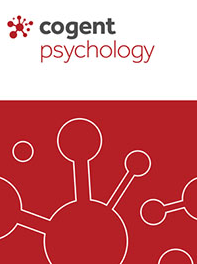
Father-daughter incest: Comparison of treated cases to untreated control subjects
Fiche mise à jour le 13 novembre 2019
En bref
Jason E. Newsome,
Karen V. Harper-Dorton,
Stephen L. O’Keefe,
Debra H. Young,
Sam Swindell,
Walter E. Stroupe,
Kerri Steele,
Megan Lawhon,
Shih-Ya Kuo
Description
Treatment of father daughter incest (FDI) survivors using the victim advocacy/child welfare approach to FDI that predominates today in the US has never been compared to results in untreated control subjects in any published report.
In the present study, thirty-two survivors of FDI who received treatment based on the victim advocacy/child welfare approach to FDI were compared to 32 control subjects who did not receive treatment. No significant differences were found using analysis of variance on 21 scales and subscales. Statistical analysis of the data from all 64 of the FDI survivors showed that items reflecting a poor self-image and a history of maternal depression predicted more problematic scores on the depression scale. Those who scored higher on religiosity were less likely to be depressed. Redesigned therapy for FDI aimed, first and foremost, at healing the survivors and validated by prospective randomized trials is needed.
Sommaire :1.1. Part-one: comparison of treated cases to untreated control subjects
1.2. Part-two: a search for predictors
2. Method
2.1. Participants
2.2. Measures
2.3. Selection of participants for the study
3. Results
3.1. Part one
Testing hypothesis 1: Effective therapy for FDI should produce statistically significant improvements in FDI symptomatology in comparison to untreated control subjects using comparisons between treated and untreated FDI survivors.
3.2. Part two
Testing hypothesis 2: Depression in FDI survivors is made worse by loss of nuclear family attachment figures, a family history of depression, and adverse psychological outcomes and improved by religiosity.
4. Discussion
4.1. Limitations of the study
Inceste père-enfant, Victime mineure, Traitement, Dépression
Mots clés libres : Lieux :

